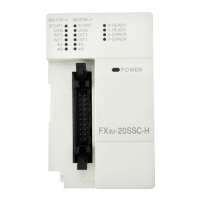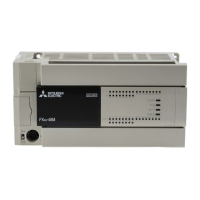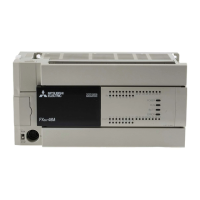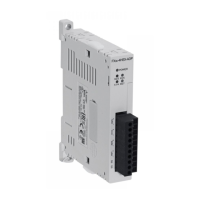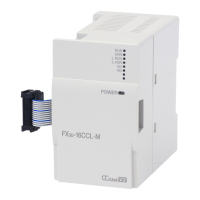HEAD OFFICE: TOKYO BUILDING, 2-7-3 MARUNOUCHI, CHIYODA-KU, TOKYO 100-8310, JAPAN
HIMEJI WORKS: 840, CHIYODA CHO, HIMEJI, JAPAN
JY997D16901C
(MEE)
Effective Nov.2007
Specifications are subject to change without notice.
USER'S MANUAL - Data Communication Edition
FX SERIES PROGRAMMABLE CONTROLLERS
MODEL
FX-U-COMMU-E
MODEL CODE
09R715
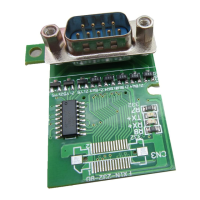
